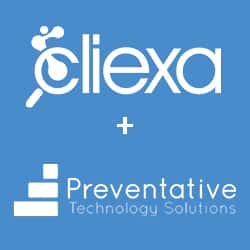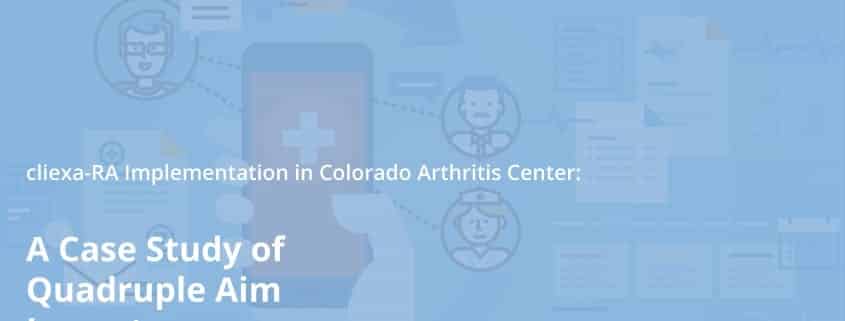Overview of the Physician Burnout Problem
The demanding work pace, time constraints, and emotional fatigue are the aspects that make physicians vulnerable to burnout. Symptoms caused by long-term stress such as depersonalization, low sense of accomplishment and emotional disparity due to work-life imbalance make the doctor prone to exhaustion leading to a feeling of quitting.
The WHO terms burnout as an ‘occupational phenomenon’ which, in its latest update of the definition, is referred to as a ‘syndrome’ that occurs due to chronic work stress that is not effectively managed. The physician burnout is metaphorically referred to as the bank account of energy.
There are three main types of energy; physical, emotional and spiritual energy that keeps on adding up and depleting with time and circumstances. The highly demanding doctors’ profession and the workplace norms generally have a downward trend towards energy levels that puts clinicians at a high risk of burnout.
According to a study published in the Annals of Internal Medicine in 2019, Physician burnout costs around $ 4.6 billion to the United States. Dr. Lotte Dyrbye of Mayoclinic opines that whoever enrolls in medicine is aware of the fact that it is a demanding and stressful profession.
Over the past years, the sprouting cases of physician burnout have led to cynicism about its repercussive effects on patient access to care, care quality as well as patient safety. Burning out inflicts the doctors to quit their jobs making access to care, less likely. Lack of attention and focus, as well as memory constraints, hamper patient safety and quality of care.
According to several studies, 1 out of every 3 physicians is suffering from burnout at a time. Thus, every physician precisely is at risk of burnout and it rightly needs to be dealt with as a crisis. Although the physicians can take the necessary steps themselves to improve the work-life conditions and keep the burnout symptoms at bay, big changes are needed at the institutional level to bring forth evident outcomes.
A recent report from Harvard states that physician burnout is a public health catastrophe that urgently needs a solution. Among the recommendations stated by the report, changes to the practice of Electronic Medical Record (EMR) or Electronic Health Record (EHR) are declared to be a significant measure to provide a medium-term solution for physician burnout.
Problems that are focused on EMR-related issues
The patient record used to be written on paper for ages and has consumed an ever-increasing space and remarkably deferred access to proficient medical care. As of today, EMRs collect individual patient data and clinical information electronically, facilitating immediate accessibility of this information to all healthcare providers. It is thus said to assist the provision of coherent and regular care.
Electronic Medical Records (EMRs) are automated medical information systems that assemble, store and present patient information. They are a way to produce reliable and structured recordings to access clinical data about patients. Hence, EMRs have replaced paper-based medical records which most practitioners have been long familiar with.
There are a number of potential advantages EMR is known for. These include
- Optimizing the records of the patients
- Improving communication of patient data to clinicians
- Improving access to patients’ healthcare information
- A substantial decline in errors
- Optimizing payments and advancement in reimbursement for services
- Formation of a data storage area for research and quality enhancement
- Reduction of the use of paper
EMRs are envisioned to have great potential for enhancing quality, stability, protection, and efficacy in healthcare. These are the reasons why they are being implemented throughout the world.
In spite of the high expectations and focus on the technology worldwide, there are several EMR-related issues associated with them that have kept their overall implementation rate relatively low. They are viewed to oppose a physician’s customary working style and also entail the following barriers to acceptance by physicians.
-
Financial Barriers
EMRs necessitate a greater competence in dealing with computers. Further, installing a system entails significant financial resources; high startup expenditure, high maintenance cost as well as uncertainty about Return on Investment (ROI).
-
Technical barriers
Lack of computer skills of the clinicians and the other staff, deficiency of technical training and support, complexity and limitation of the system, etc. are the factors considered as technical barriers to EMRs.
-
Time constraints
The physicians find it too time-consuming to select, purchase and implement the system, to learn the system, to enter data, to convert the records and requiring more time per patient.
-
Psychological barriers
Based on their personal reservations, understanding, and perceptions, clinicians have concerns about using EMRS. Their observation of the uncertain quality improvement associated with EMRs and doubts about the loss of specialized autonomy lead to a lack of belief in the EMR.
-
Social barriers
The social barriers include uncertainty about the vendor, lack of support from external parties, from other colleagues and from the management. Also, the physicians find EMR to be a system that interferes with the doctor-patient relationship.
-
Legal barriers
Clinicians think that keeping the patient records and medical information safe is vital to avoid legal issues. Nonetheless, there is a lack of clarity about the security standards to keep the patient records safe and confidential.
-
Organizational size and type
A small practice is estimated to face greater difficulties in working out the financial issues than a large practice.
-
Change process
Implementation of EMRs in the medical practices demands a major change for clinicians who have their own working styles developed over the years. This renders them unwilling to adapt to variations in their methodology of work. Therefore, the change process is a challenge as well as a problem at the same time. Problems that occur during the change process include a lack of suitable organizational culture, lack of incentives, lack of leadership and reluctance in participation from physicians, nurses and other staff members.
According to a study, the slow rate of EMRs adoption implies the fact that resistance amongst medical doctors is strong. This is because the clinicians are the frontline users of EMRs and whether or not the other user-groups like nurses and administrative staff support and use EMRs, largely depends on EMR’s acceptability by the clinicians. Consequently, doctors have a great influence on the adoption level of EMRs.
Additionally, a study found that most of the physicians who are stressed out are due to the work conditions and time pressures. The family responsibilities, time demands, chaotic environment at workplace, lack of control of the pace, unfavorable institutional culture; all are attributes associated with dissatisfied and stressed out doctors who inculcate a feeling of switching fields. However, these factors, not necessarily translate into poor patient care by the doctors. However, when a drop in the patient care quality was seen, it was rather due to burnout caused by the organization than by the doctors themselves.
The study also found that the implementation of the EMR contributed to burnout instead of reducing the stress levels as it was hoped. It was claimed that practices that implemented EMR caused an increase in stress to the doctors, the levels of which then reduced as the use of EMR matured. However, the stress level was never found to drop to the lowest. Furthermore, it was found that the fully established EMR systems, particularly coupled with shorter visits caused burnout, stress and an intention to leave the practice.
Causes of the EMR-Related Issues
Like all other technologies, EMRs can be used in a variety of ways for a variety of purposes. In regards to our current healthcare structure, one important performance requirement of EMRs is to generate clinical revenues. This means that it should support physicians’ billing and documentation to produce as much revenue as possible for each medical service. Moreover, EMRs should also help clinicians meet regulatory necessities that may have monetary or endorsement implications.
This implies that existing EMRs are not designed in a way so as to support many of the matters that clinicians, patients, and policy-makers value including improved care experiences, decreased cost, improved care quality, and inhabitants’ health management. Current EMRs have not been created to facilitate the physicians to improve in their diagnoses or become more cost-effective prescribers. This is because the present-day health care system generally does not compensate for these actions.
Having said so, EMRs have very minimum capacity pertaining to clinical decision making (which increases the quality of care), for the data collection on duplicate and needless tests, or on the collective health of the patients.
Simply put, the advancement of the EMRs will necessitate the changing of prime considerations regulating their design. This includes moving towards risk-sharing by clinicians and eventually, some form of potential reimbursement rather than the current fee-for-service culture. Till then, optimizing the usability and worth of EMRs will be an ascending effort.
READ NEXT: cliexa Partners with the athenahealth Marketplace Program





